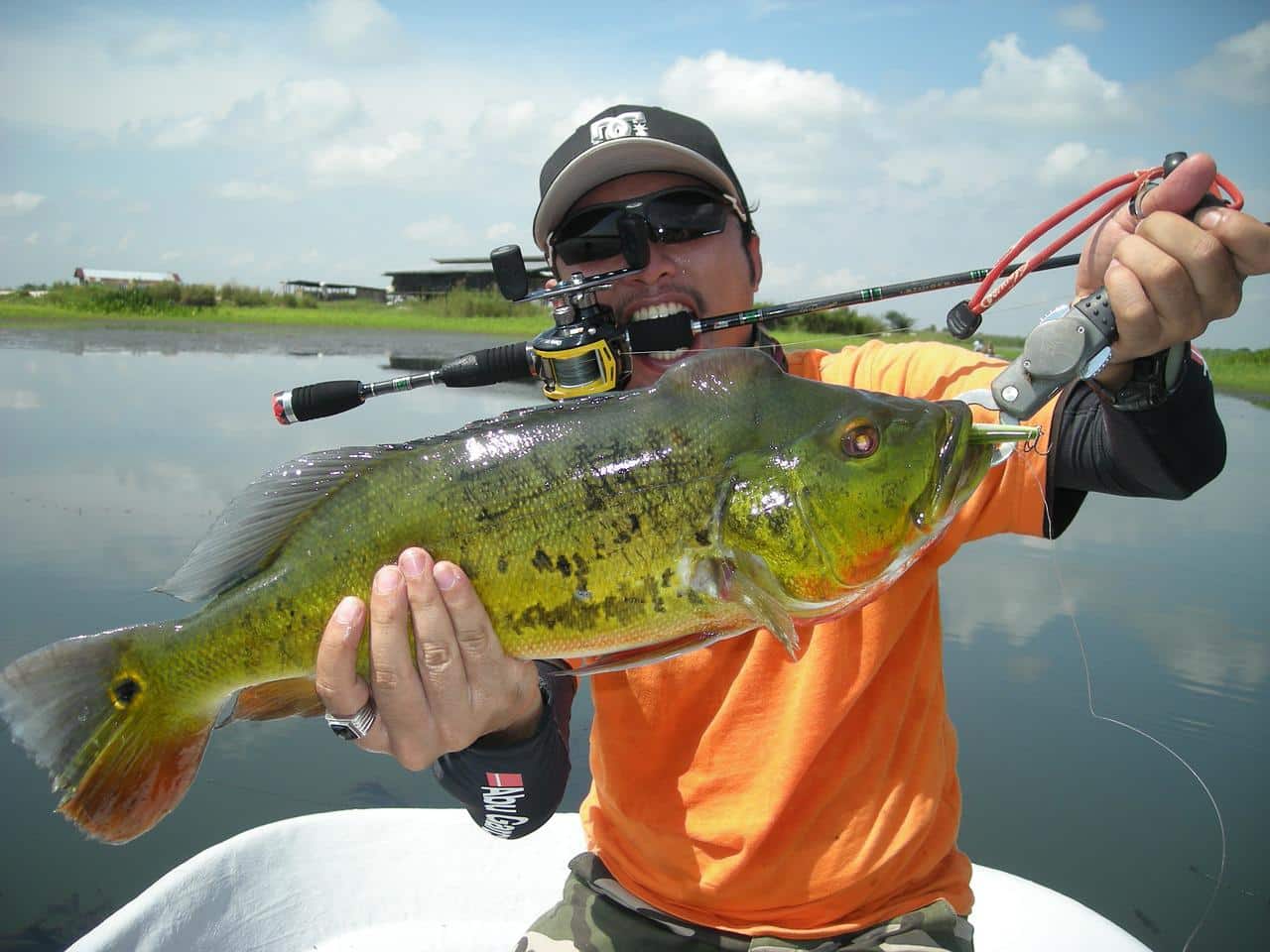Fishing is a timeless activity that has been enjoyed by countless generations. Among the many tools utilized in this pursuit, the angling rod stands out as an essential device for both novice and seasoned anglers alike. But what exactly makes an angling rod indispensable in the world of fishing, and how do you choose the right one for your needs? Let us delve deep into the fascinating world of angling rods to understand their significance and functionality.
What is an Angling Rod?
At its core, an angling rod is a long, flexible rod used to catch fish. Typically made from various materials like fiberglass, graphite, or composite materials, the angling rod forms the backbone of any angler’s toolkit. The primary function of an angling rod is to cast the fishing line as far and as precisely as possible, making it easier to lure and catch fish.
Types of Angling Rods
There are several types of angling rods, each designed for specific fishing techniques and conditions. Here are a few common varieties:
1. **Spinning Rods:** These are versatile and are a popular choice for beginners. They are compatible with spinning reels and are ideal for casting light lures in both freshwater and saltwater.
2. **Casting Rods:** Designed for use with baitcasting reels, casting rods offer more control and power, making them suitable for targeting larger fish and precise casting.
3. **Fly Rods:** These are specialized rods used in fly fishing. They are typically longer and designed to cast lightweight artificial flies.
4. **Surf Rods:** Specifically designed for beach casting, surf rods are longer and built to cast baits over long distances into the surf.
Key Features and Components of an Angling Rod
Understanding the key features and components of an angling rod will help you choose the right one for your fishing adventure.
Rod Length and Action
The length of an angling rod plays a crucial role in its functionality. Longer rods (over 7 feet) are ideal for casting over long distances, while shorter rods (under 7 feet) provide better control, making them suitable for close-quarters fishing.
The “action” of a rod refers to how much the rod bends when pressure is applied. Fast-action rods bend mostly at the tip and are excellent for quick hook sets and casting accuracy. Slow-action rods bend throughout the length of the rod, providing a more delicate touch, which is beneficial for small fish or light lures.
Material Composition
The material composition of an angling rod greatly affects its performance and durability.
1. **Fiberglass Rods:** Known for their durability and flexibility, these rods are great for beginners and for catching larger fish.
2. **Graphite Rods:** These rods are lightweight and sensitive, providing greater feedback and precision. They are ideal for experienced anglers.
3. **Composite Rods:** Combining the best of both worlds, composite rods offer a balance between sensitivity and durability. They are versatile and suitable for various fishing conditions.
Choosing the Right Angling Rod
When selecting an angling rod, consider the type of fishing you aim to do, the species you are targeting, and your level of experience. It’s also essential to pair your angling rod with the appropriate reel and line to ensure optimal performance.
In conclusion, the angling rod is a vital tool that can significantly influence your fishing success. By understanding its types, features, and components, you can make an informed choice that enhances your angling experience. Whether you are casting in a serene freshwater lake or battling the waves in saltwater, the right angling rod will be your steadfast companion in the pursuit of your next big catch.




